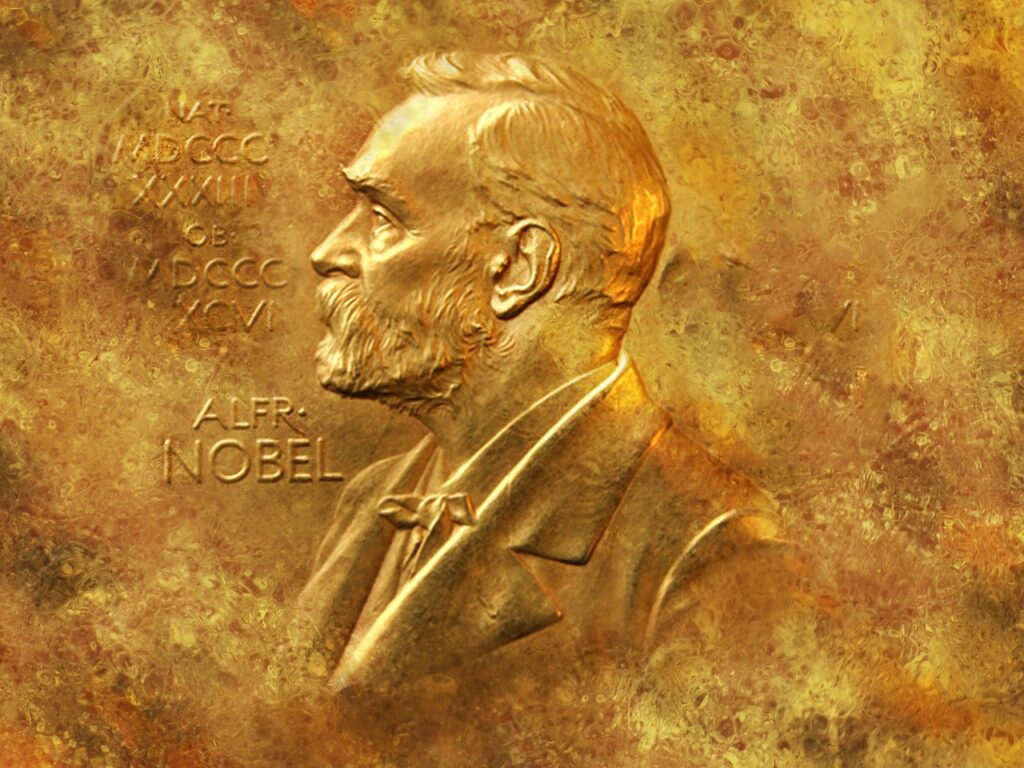Famous Swedes: The 15 Most Famous People from Sweden
Sweden has undoubtedly produced a significant number of individuals who have achieved global recognition in various fields. From literature and film to science, sports, and activism, Swedes have made notable contributions that have reverberated around the world. This Scandinavian country’s tradition of innovation, creativity, and social progress has cultivated an environment conducive to fostering talent and excellence. Without further ado, let’s meet a few of the most famous people from Sweden: Alfred Nobel Alfred Nobel is famous as a Swedish inventor and industrialist, known for his invention of dynamite. He was born in Stockholm in 1833 and held over 350 different patents in his lifetime. Nobel’s most enduring legacy, however, lies in the establishment of the Nobel Prizes. In his will, Nobel left the bulk of his fortune to fund annual prizes in Physics, Chemistry, Medicine, Literature, and Peace. This act of philanthropy has made him one of the most celebrated and influential figures in history, ensuring that his name is forever associated with the recognition of outstanding achievements in various fields. Today, the Nobel Prizes continue to honor individuals worldwide, highlighting significant contributions to humanity in the areas Nobel deemed important. Ingmar Bergman Ingmar Bergman (1918–2007), the maestro of Swedish cinema, isn’t just another name in the lineup of famous Swedes. His films, like “The Seventh Seal” and “Persona,” aren’t your typical popcorn flicks; they’re brain food, delving deep into the existential abyss while serving up a side of emotional rollercoaster. Bergman’s cinematic genius didn’t just knock politely on the door of international recognition; it kicked it down with a flourish, leaving audiences worldwide questioning the meaning of life and the universe. Zlatan Ibrahimović An instantly recognizable figure, Zlatan Ibrahimović has rightfully earned his spot as one of the most famous people from Sweden. This football icon has left a trail of jaw-dropping goals and memorable moments on pitches around the world. With a personality as big as his goal-scoring record, Ibrahimović is known for his witty remarks and confident swagger both on and off the field. Over the course of his impressive journey, Ibrahimović showcased his talents in the jerseys of prestigious European clubs such as Ajax, Barcelona, Inter Milan, Paris Saint-Germain, Manchester United, and AC Milan. Renowned for his athleticism, formidable strength, and flair for acrobatics on the pitch, Ibrahimović endeared himself to fans worldwide and amassed a collection of accolades, including several league titles and individual awards. Astrid Lindgren If you’re not familiar with Astrid Lindgren, then chances are you’ve at least heard of her mischievous and adventurous character, Pippi Longstocking. Lindgren, one of the most famous people from Sweden, is celebrated worldwide as the beloved author of the Pippi Longstocking series, along with numerous other children’s books. Her imaginative storytelling and empowering narratives have captivated generations of readers, making her a household name in children’s literature. Lindgren’s works have been translated into numerous languages and adapted into films, TV shows, and stage productions, solidifying her legacy as one of the most influential authors in the world of children’s literature. Anders Celsius Anders Celsius (1701-1744) is undeniably one of the most famous Swedes, primarily due to his lasting contribution to the field of science with the Celsius temperature scale. This innovative scale, which bears his name, is used globally in everyday life, making Celsius a household name across the world. Beyond his groundbreaking work in thermometry, Celsius was also a distinguished astronomer and physicist, making significant contributions to our understanding of the natural world. Even if you weren’t previously acquainted with him, chances are you encounter his name daily, especially when tuning in to the weather forecast (depending on whether the Celsius temperature scale is used in your region!). Camilla Läckberg Camilla Läckberg (born 1974) has firmly secured her place as one of the most famous people from Sweden in contemporary times. With an impressive track record, it’s no wonder that her name rings out worldwide. Her literary prowess knows no bounds, as evidenced by the staggering sales of her books, which have surpassed 35 million copies and reached shelves in over 60 countries. Läckberg’s gripping crime novels, often set in her hometown of Fjällbacka, have garnered legions of devoted readers who eagerly devour each intricately plotted mystery. Ingrid Bergman Ingrid Bergman (1915-1982) remains an iconic figure in the annals of cinema, solidifying her status as one of the most celebrated Swedes of all time. Her profound impact on the silver screen stemmed from her unparalleled talent and versatility as an actress. Bergman’s ability to breathe life into a diverse array of characters, ranging from the enigmatic Ilsa Lund in “Casablanca” to the resilient Alicia Huberman in “Notorious,” captivated audiences worldwide. Her performances exuded a rare authenticity and emotional depth, earning her critical acclaim and numerous prestigious awards, including three Academy Awards. Despite sharing a surname, it is worth clarifying that Ingrid Bergman was not related to the renowned Swedish filmmaker Ingmar Bergman, a fact often queried by cinephiles and enthusiasts alike. Greta Garbo Continuing our exploration of the all-time greatest Swedes in the world of cinema, another luminary stands tall: Greta Garbo (1905-1990). Renowned for her enigmatic beauty and captivating screen presence, Garbo remains one of the most famous people from Sweden and one of the finest actresses of all time. Born in 1905, Garbo’s talent transcended silent films to the talkies, earning her critical acclaim and adoration from audiences worldwide. Garbo’s unforgettable performances in classics such as “Anna Karenina” and “Grand Hotel” solidify her legacy as a cinematic legend, leaving her mark on the history of film. Ingvar Kamprad Ingvar Kamprad (1926-2018) is one of the most famous people from Sweden, primarily known for his revolutionary impact on the world of furniture selling. He founded IKEA in 1943, at the age of just 17, starting out as a mail-order business selling pens, wallets, and other goods. However, it was his innovative idea to offer affordable, self-assembly furniture that truly transformed the industry. Kamprad’s vision was to provide stylish and functional furniture at prices
Famous Swedes: The 15 Most Famous People from Sweden Read More »









